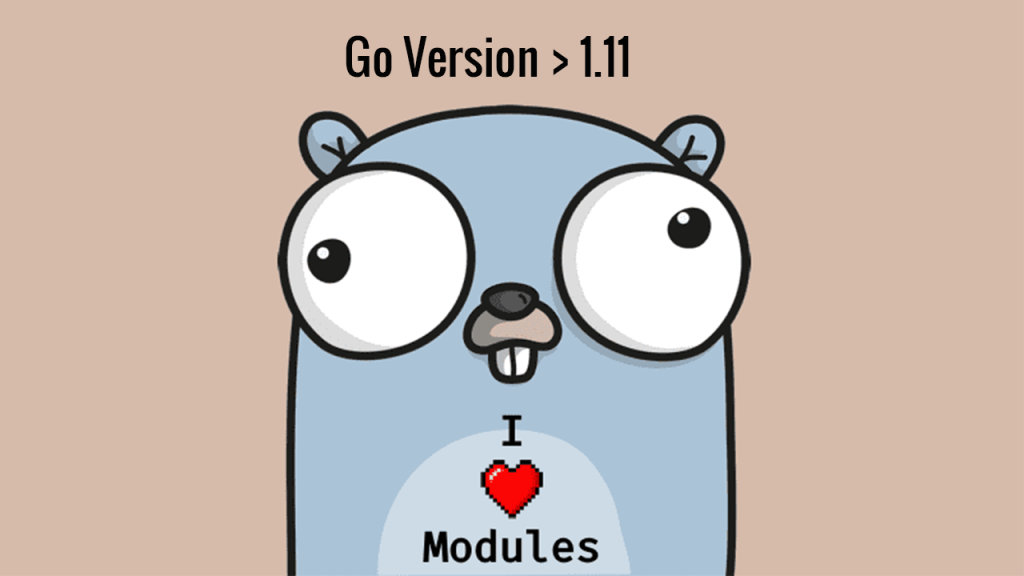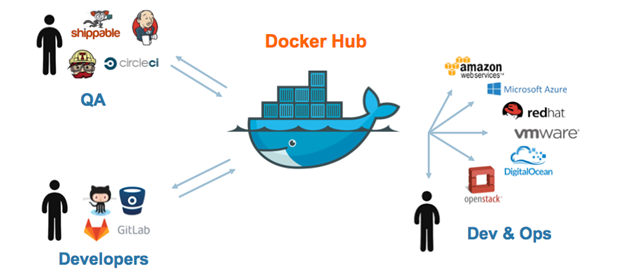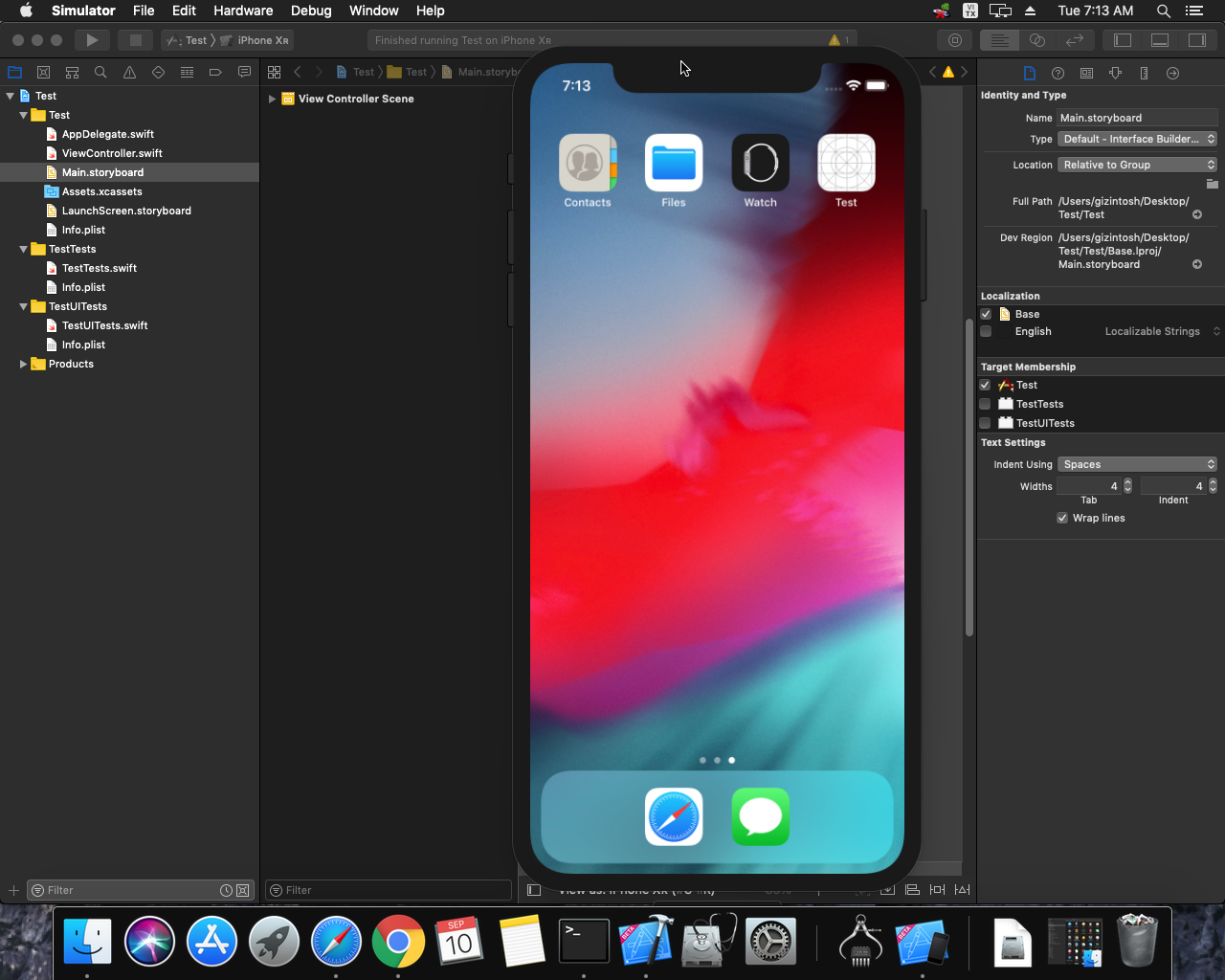When writing code in Go, it is important to follow good coding practices to ensure that your code is clean, maintainable, and scalable. Here are some clean code and clean architecture practices to follow:
Go coding style: Follow the official Go coding style guide, which includes recommendations for naming conventions, formatting, and documentation. Consistent coding style makes it easier to read and maintain code.
Keep functions small: Keep functions small and focused on doing one thing well. Functions that are too long or try to do too much are harder to understand, test, and maintain.
Use meaningful names: Use meaningful and descriptive names for variables, functions, and types. This makes your code self-documented and easier to understand.
Document your code: Document your code with comments that explain what the code does and why it does it. This makes it easier to understand and maintain your code, especially as your codebase grows.
Write tests: Write tests for your code to ensure that it works as expected and to make it easier to make changes without introducing bugs.
Use Go’s built-in error handling: Use Go’s built-in error handling mechanism to indicate when an error has occurred and to propagate errors up the call chain.
Use interfaces: Use interfaces to create abstractions that can be easily swapped out with different implementations. This makes your code more flexible and easier to maintain.
Separate concerns: Follow the clean architecture principles to separate concerns and make your code more maintainable and scalable. This involves separating the user interface, business logic, and data access layers and keeping them decoupled from each other.
Refactor code: Refactor your code regularly to keep it clean and maintainable. This involves removing dead code, simplifying complex logic, and breaking down large functions into smaller ones.
By following these clean code and clean architecture practices, you can write Go code that is easy to read, maintain, and scale.
A Simple clean code in GoLang
Here’s an example of clean code in Go:
package main
import "fmt"
func greeting(name string) string {
return "Hello, " + name
}
func main() {
fmt.Println(greeting("John"))
}
This code follows several best practices for writing clean Go code:
Consistent indentation and spacing: The code is indented and spaced consistently, making it easier to read and understand.
Meaningful names: The function greeting has a meaningful name that describes what it does, and the variable name also has a descriptive name.
Small and focused functions: The greeting function is small and focused, doing only one thing well. This makes it easy to understand, test, and maintain.
Use of Go’s built-in error handling: This code doesn’t have any error handling, but if it did, it would use Go’s built-in error handling mechanism to indicate when an error has occurred and to propagate errors up the call chain.
Use of standard library: This code uses the standard fmt library, which is a commonly used library in Go and makes it easier to write clean and readable code.
By following these best practices, you can write Go code that is easy to read, understand, test, and maintain. This makes it easier to work with others and to make changes to your code over time.








 Khoá học lập trình game con rắn cho trẻ em
Khoá học lập trình game con rắn cho trẻ em 


